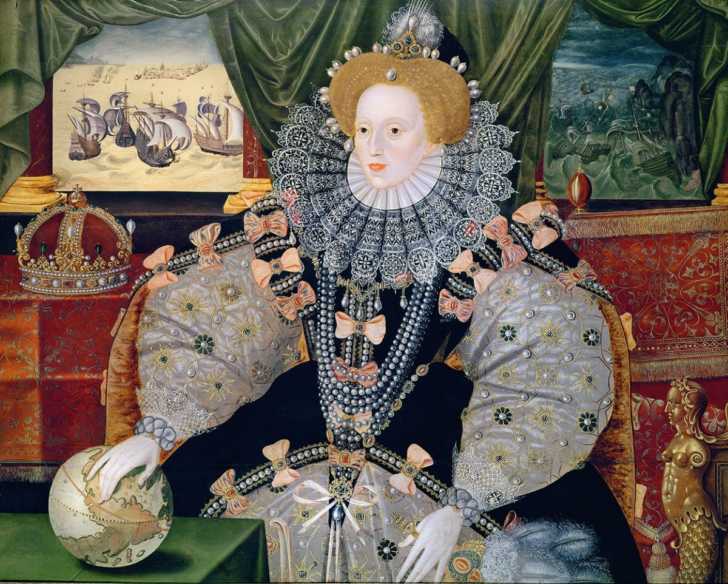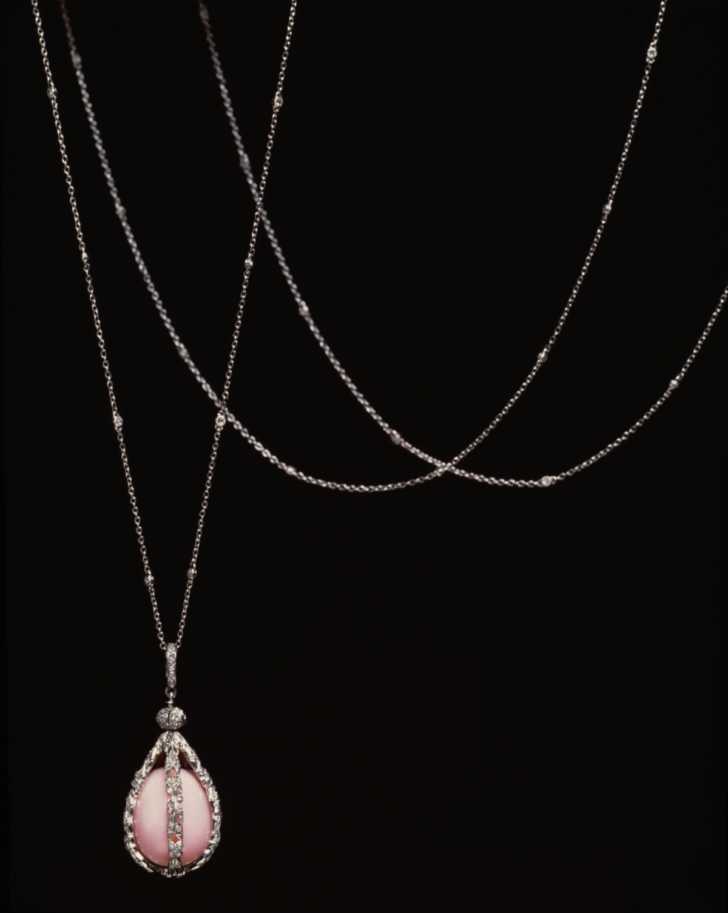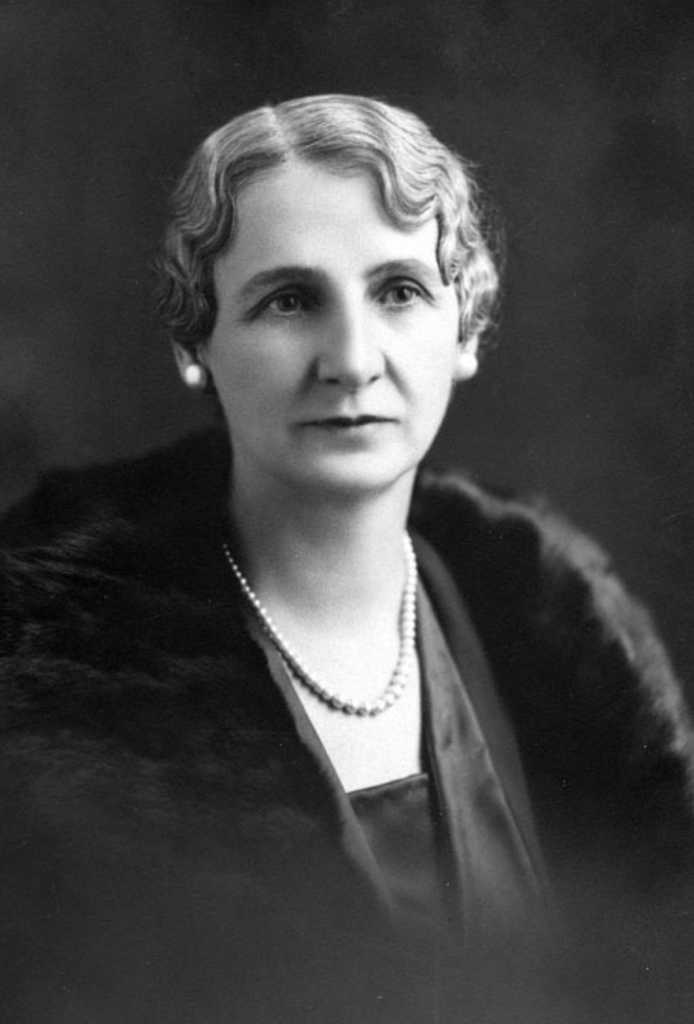Pearls have long been held in high regard by people all over the world. In nature the rarity of pearls, as well as the difficulty in finding them led to kings, queens, and emperors prizing these underwater gems. Pearls are much easier to obtain today, though high quality specimens still command top dollar from eager buyers. Pearls are produced inside of shelled mollusks as a defense against a wound, disease, or irritant. Because of this pearls can be found in a huge variety of shapes, sizes, and colors.

Conch shell pearls are a lesser known variety of pearl (below) but there are many other types of pearls, from abalone shell to South Sea black pearls. Starting around 1000 BC pearls were fished from the Persian Gulf near Qatar and then traded widely. In Europe the love of pearls dates back to the Roman Empire, when they were often combined with gold and emeralds to make expensive ornaments for the wealthy.

Pearls were later used to adorn Christian crosses and came to symbolize the purity of the Virgin Mary and the Immaculate Conception. During the 16th and 17th centuries pearls were not only worn as jewelry, they were stitched onto the clothing of royals and nobles, showcasing the wearer’s wealth and status. Women of power like Marie Antoinette, Empress Eugenie, and Queen Victoria all wore large pearls in opulent displays as it was a favorite gem of all 3.
By the 1920s long strands of natural pearls were the chic way to display one’s wealth, though later in the 20th century shorter necklaces became more popular since they were more practical. The short, 3-strand necklace was worn by fashion icon Jackie Kennedy, while Marilyn Monroe wore a single strand of Japanese pearls.

The cultured pearl changed the world of jewelry because it lowered the cost of pearls and also created a standard way of producing and grading them.
The invention of high quality plastic facsimiles of pearls made pearls a common accessory that one no longer had to be wealthy to buy. However, the market for genuine pearls continues to flourish today thanks to the enduring status and beauty of real pearls.
Discover more on the history of pearls and how they became so popular in the video below from the Victoria & Albert Museum.
SKM: below-content placeholderWhizzco for DOT

